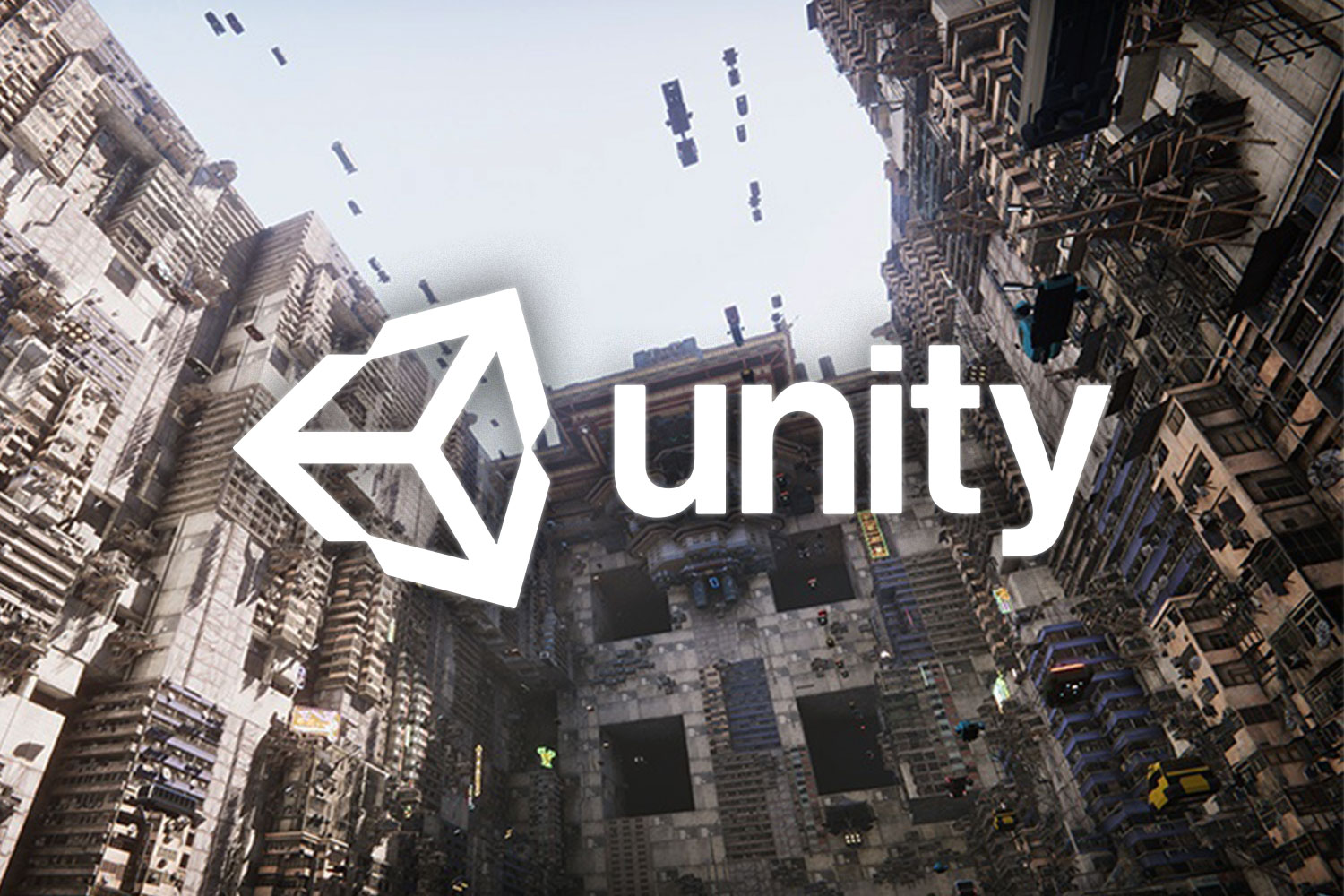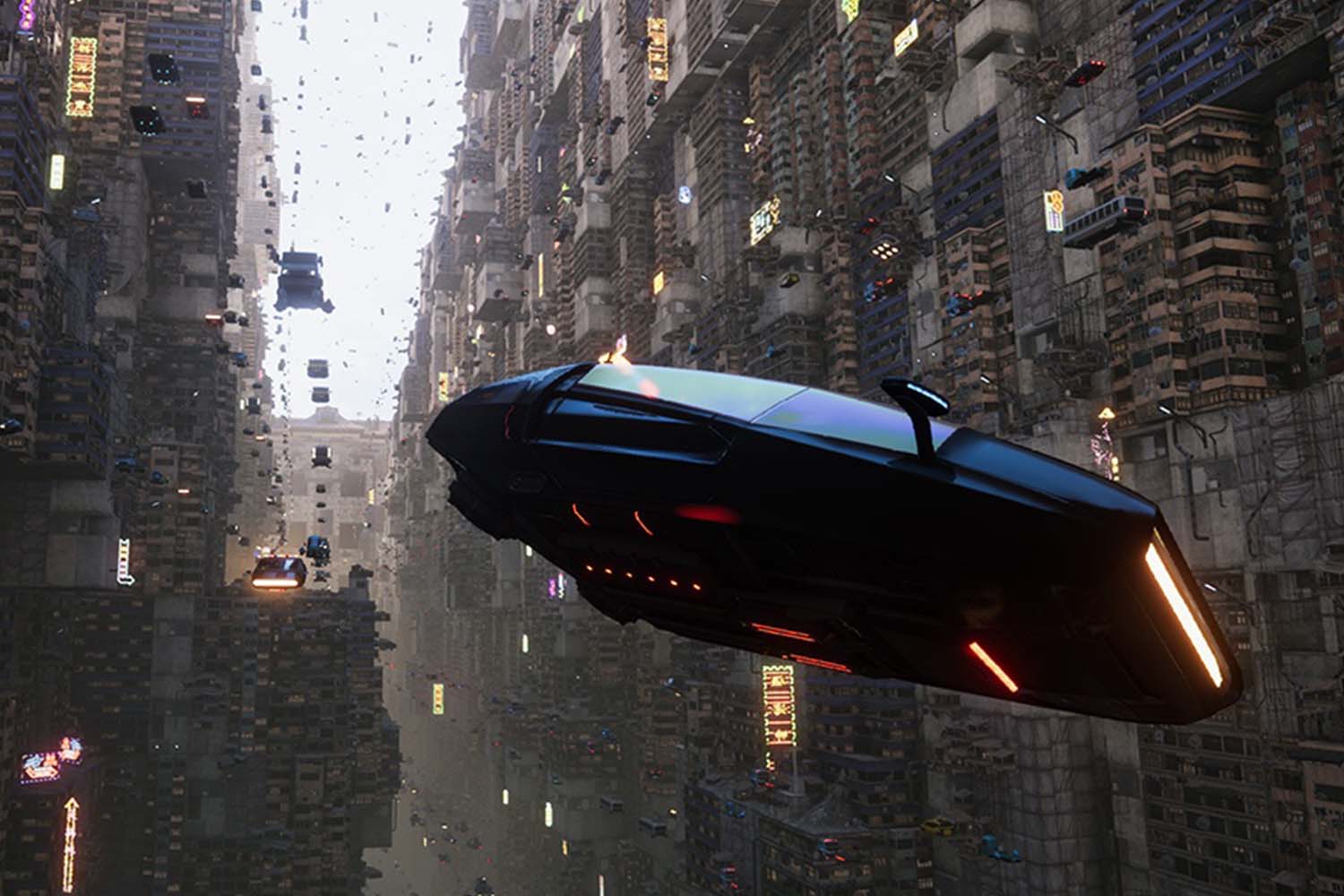How to Use Physics for Players in DOTS AR
Unity Entities 0.50
Last Updated on: 6/24/2022

This will take you about 20 minutes in prep time if you don't have Unity set-up, and 30 minutes in coding and debug time.
Stop struggling with the limited documentation. Follow this step-by-step tutorial: "How to Use Physics for Players in DOTS AR."
Full workflows and code to update a Player prefab with DOTS Physics

This gitbook takes you through step-by-step full workflows and code to update a Player prefab with DOTS Physics. Once you've coded along and fully finished the "How To Use Physics for Players" tutorial, you will be able to update a Player prefab with DOTS Physics.
High-Level steps to Use Physics for Players:
Add the Physics package and create your Physics category names
Update your Bullet prefab with a Physics Shape and Body
Update InputMovementSystem to adjust Physics Velocity
FAQ
How do you make Rigid Bodies using DOTS Physics in DOTS AR?
Since Unity Physics is purely based on DOTS, rigid bodies are represented with component data on the Entities. The simplified Physics Body and Physics Shape view that you have in the Editor is actually composed of multiple data components under the hood at runtime. This allows more efficient access and to save space for static bodies which do not require some of the data.
What are the main run-time components of DOTS Physics in DOTS AR?
The main components are: PhysicsCollider, PhysicsVelocity, PhysicsMass, PhysicsDamping, PhysicsGravityFactor, PhysicsCustomTags. These components are read from to BuildPhysicsWorld then written to in ExportPhysicsWorld.
What are Physics Category Names in DOTS AR?
Physics Category Names are how you can define what objects collide with each other and whether or not they raise events.
Haven’t begun learning Unity DOTS yet, and need to start at the very beginning?

If you haven't yet dipped your toes into learning Unity's new multithreaded Data-Oriented Technology Stack (DOTS), now is the time. You can start at the very beginning with Moetsi’s tutorial, which culminates in your very own deployable sample project. You’ll be guided by full workflows, code-alongs, videos, and GIFs along the way.
Whether you have questions about Unity's multithreaded Data-Oriented Technology Stack (DOTS), or about the RaaS API, or even just general questions about data-intensive pipelines for spatial computing applications, come join our Discord! We maintain a friendly channel, and we're always quick to respond.
Join the Moetsi Discord






.png)

